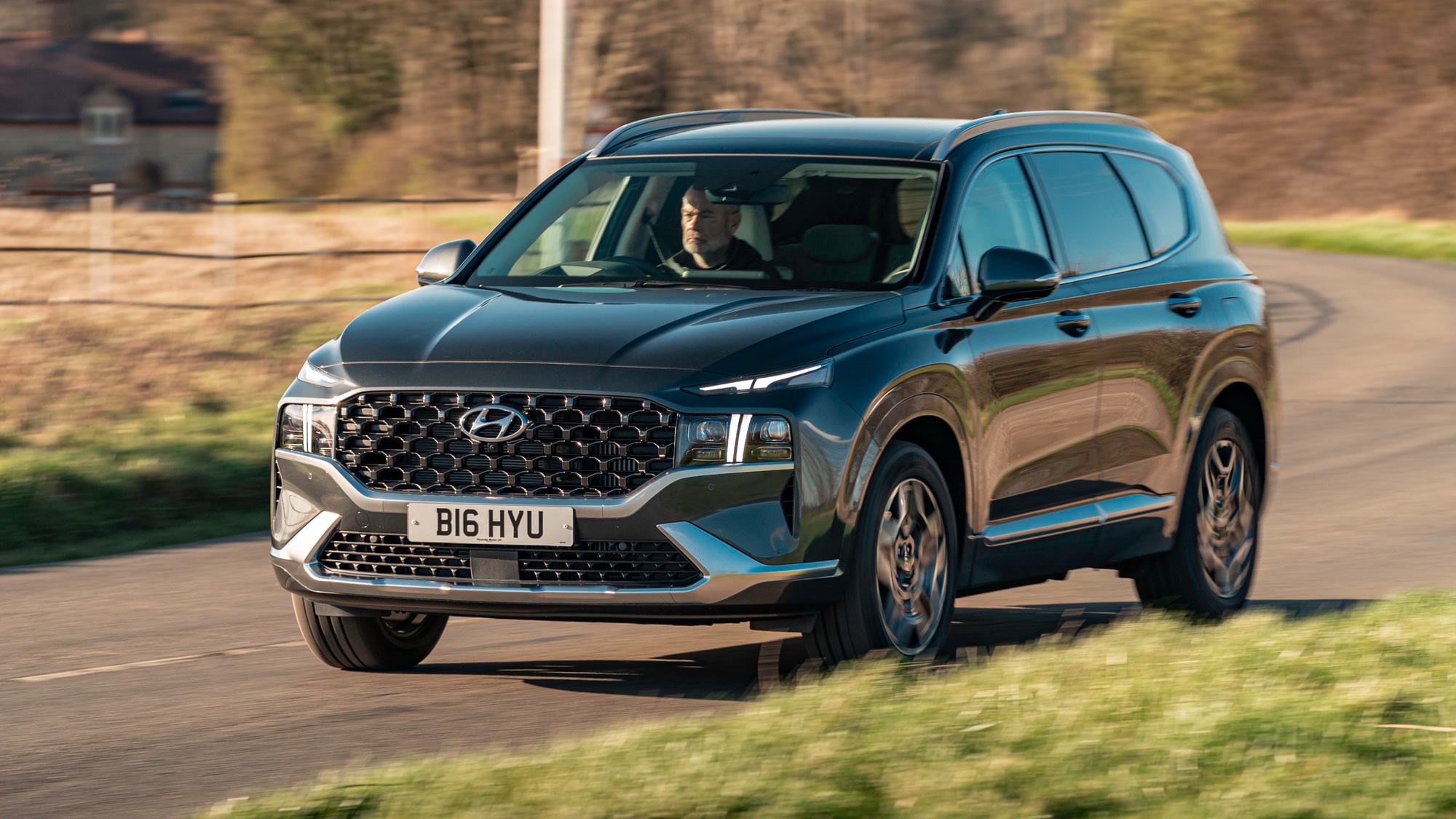Introduction
Driving for a ride sharing company like Uber or Lyft can be an exciting way to earn money. But if you’re going to be driving around strangers and their stuff, it might be smart to get some extra protection. That’s where ride-sharing insurance comes in. It provides all sorts of valuable benefits, including:
Accidental death and dismemberment insurance;
Accident medical payments coverage;
When you’re just starting out as an Uber or Lyft driver, it can seem like there’s no time for anything except picking up fares and earning money. However, before you hit the road—or start accepting ride requests—we encourage drivers who have been approved by Uber or Lyft (who are called “partners”) to take a minute and learn about the rideshare-specific coverage options available through Esurance Marketplace.
How the Ride-Sharing Insurance System Works
The Ride-Sharing Insurance System
The ride-sharing insurance system is based on the driver’s personal policy. In this case, the car is covered but not the person driving it. The driver’s personal policy will not cover them while they are working for a ride-sharing company; however, if you have collision coverage on your vehicle and an accident happens while driving for Uber or Lyft (or any other ride-sharing service), then their insurance will take effect and pay out your claim.
What kind of ride-sharing insurance coverage do I need?
When you’re in the driver’s seat, it’s important to have insurance coverage that protects you and your passengers. The following types of insurance will help protect your car and personal assets:
- Liability coverage: This type of insurance pays for injuries sustained by other people as a result of an accident caused by the insured party. It also covers damage done to other cars or property–for example, if someone rear-ends you because they were distracted while texting on their phone.
- Medical coverage: If one of your passengers is injured in a crash and requires medical attention, this type of insurance will pay for his or her treatment costs up until his/her health returns back to normal levels (or until he/she dies). Note that this type does not cover lost wages due to injury-related time off from work; instead, look into workers’ compensation programs offered through each state’s labor department website for more information about workers’ comp benefits available in your area.* Uninsured motorist coverage: If another driver hits you without any kind of liability protection whatsoever (either because they didn’t buy any or because they filed bankruptcy), then uninsured motorist protection kicks in automatically so long as it was included with whatever policy gave rise initially triggered by some sort event such as getting into accident where no fault could be assigned between two parties involved.* Collision coverage: This covers damage done directly related accidents caused either intentionally maliciously purposeful actions directed towards causing harm against others
Who can get coverage for a ride-sharing job?
You can get coverage for a ride-sharing job if you’re:
- Covered by a personal auto policy.
- Not covered by a personal auto policy, but own your vehicle.
- Not covered by a personal auto policy, but lease your vehicle.
If you don’t meet these criteria and would like to learn more about other options for insurance while working as a driver, please contact us at [email protected]
The best way to protect yourself as a driver on the road is by getting ride-sharing insurance.
Ride-sharing insurance is the best way to protect yourself as a driver on the road. It’s affordable, easy to get, and can be added to your existing car insurance policy. And if you don’t have one yet? Don’t worry! You can purchase rideshare insurance online in just two minutes.
Rideshare companies like Uber and Lyft provide their own coverage for drivers during the period of time when they’re transporting passengers in their cars–but when those drivers are not working for them (i.e., between fares), they are responsible for their own protection against accidents or other incidents that may occur while driving their vehicle around town. That’s where ride-sharing insurance comes in: it provides protection against these kinds of risks while also helping you make money by driving others from point A to point B!
Conclusion
If you’re a ride-sharing driver, it’s important to know that there are many options for insurance coverage. You can choose from several different types of policies depending on what kind of protection you need and how much money you want to spend each month on premiums. The best way to protect yourself as a driver on the road is by getting ride-sharing insurance.



More Stories
Ride Share Service Model
Uber Versus Taxis in Bogotá: A Cost Comparison
Ride Sharing: The Ultimate Guide To Uber Driving